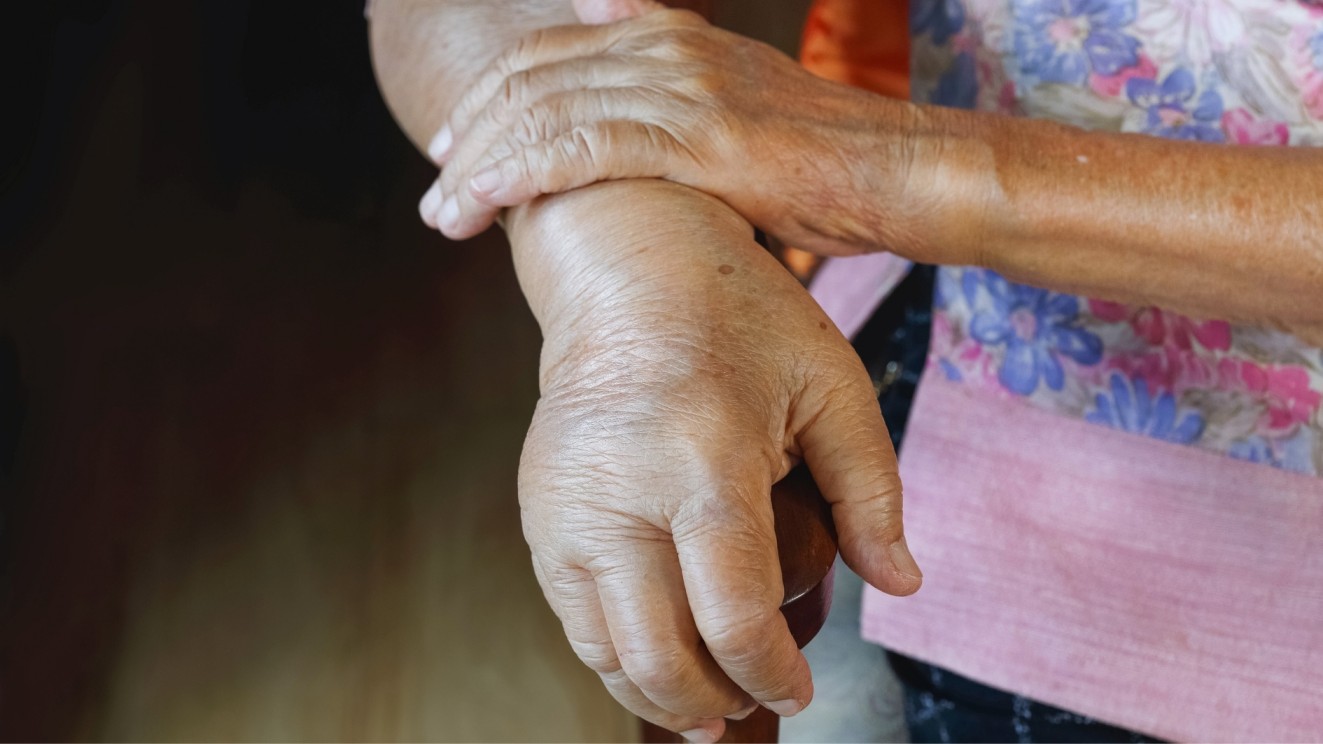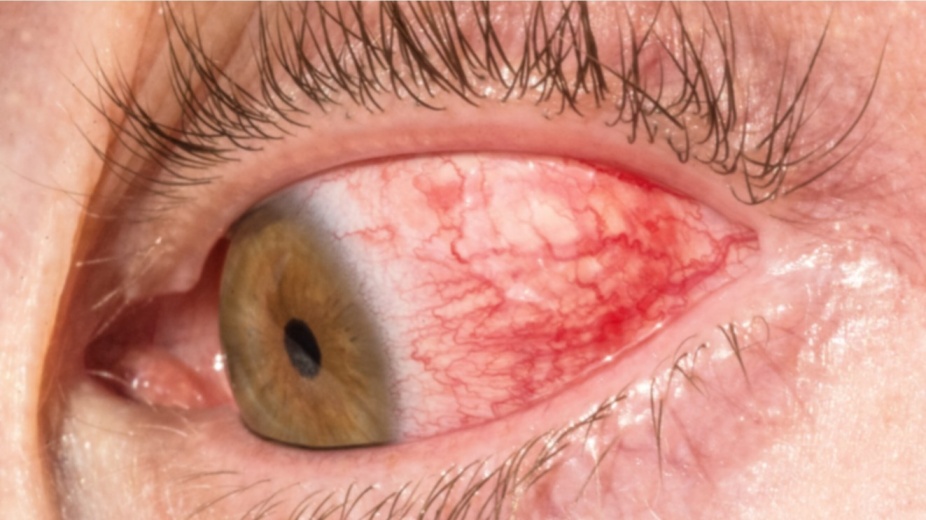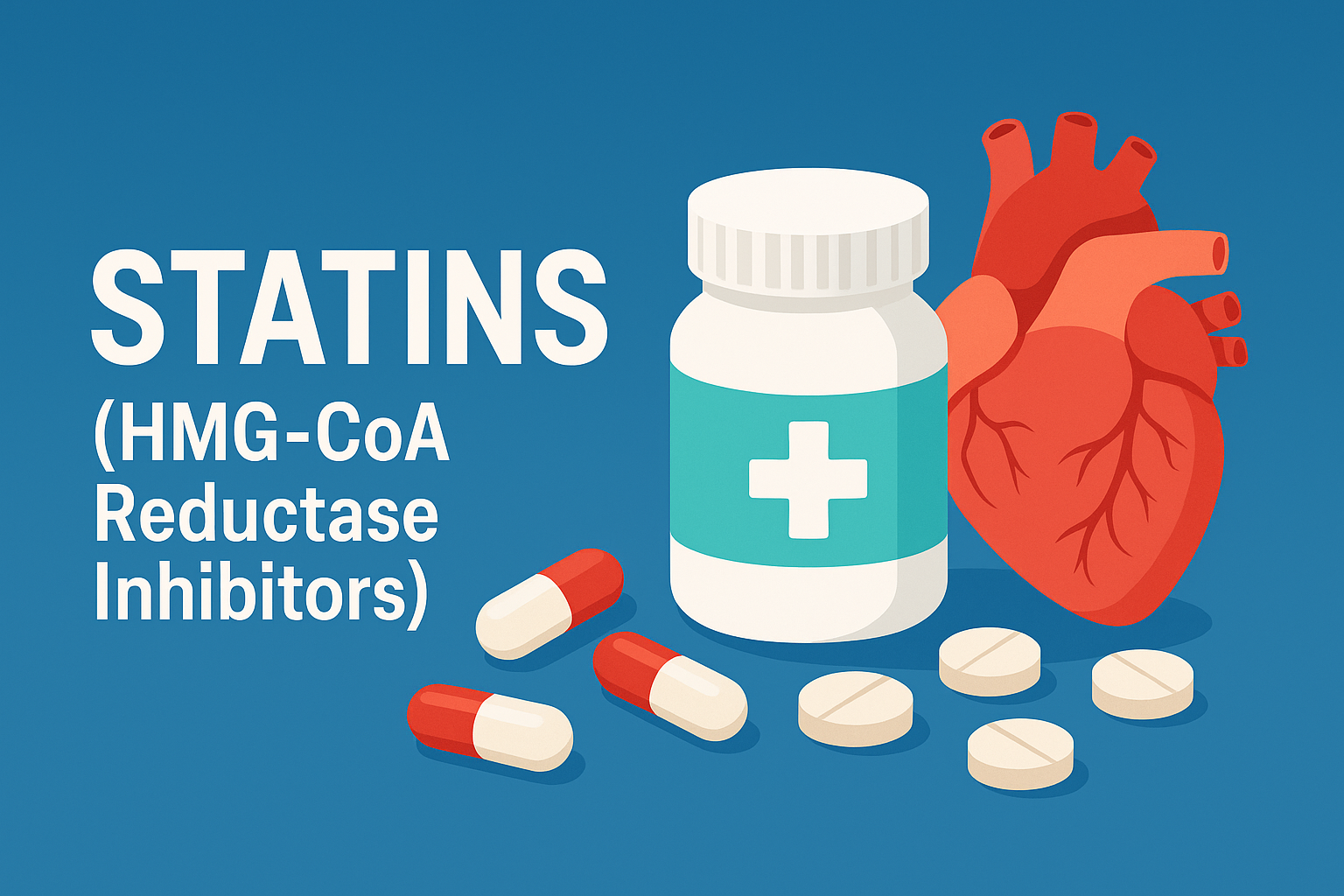The term ‘Pathology’ is derived from two Greek words (pathos) meaning disease, and (logy) which means study. Pathology is, thus a branch of biological sciences that deals with the study of all structural, biochemical and functional changes and abnormalities in cells, tissues, and organs that take place as result of a disease.
Pathologists are the diagnosticians of these abnormalities and diseases. Pathology is the link between the basic sciences and clinical sciences, and is the scientific foundation for all of medicine.
The understanding of histopathology began when Rudolf Virchow (1821–1905) a German scientist who started with the beginning of microscopic examination of diseased tissue at cellular level. Virchow gave two hypotheses:
Human pathology is divided into:
Pathology include the following subspecialities:
1. Harsh Mohan/ Textbook of pathology/ 6th edition/ New Delhi, India/ Jaypee Brothers Medical Publishers/ 2010
2. Vinay Kumar, Abul K. Abbas, Jon C. Aster/ Robbins Basic Pathology/ 9th edition/philadephia, United states/ Elsevier-Health sciences Divition/ 2012
Edema (swelling) is an abnormal and excessive accumulation of fluid within tissues resulting from injury or inflammation

Hyperemia is buildup of blood within vessels of an organ. Hyperemia is divided into two types: Active and passive, what causes active hyperemia?

The urethra is a muscular canal that extends from the neck of the bladder to the exterior of body. Read more about the anatomy of urethra in this article.

Chronic kidney disease (CKD) is a disease in which irreversible damage to the kidneys leads to a reduction in kidney function. CKD has 5 stages and many complications.

Learn about medical uses, safety profile, mechanisms and interactions of statins.

Comprehensive guide on Ozempic (semaglutide), including its uses, dosage, side effects, warnings, and interactions.
.png)
Choose what we can use. Strictly necessary and security cookies are always on.